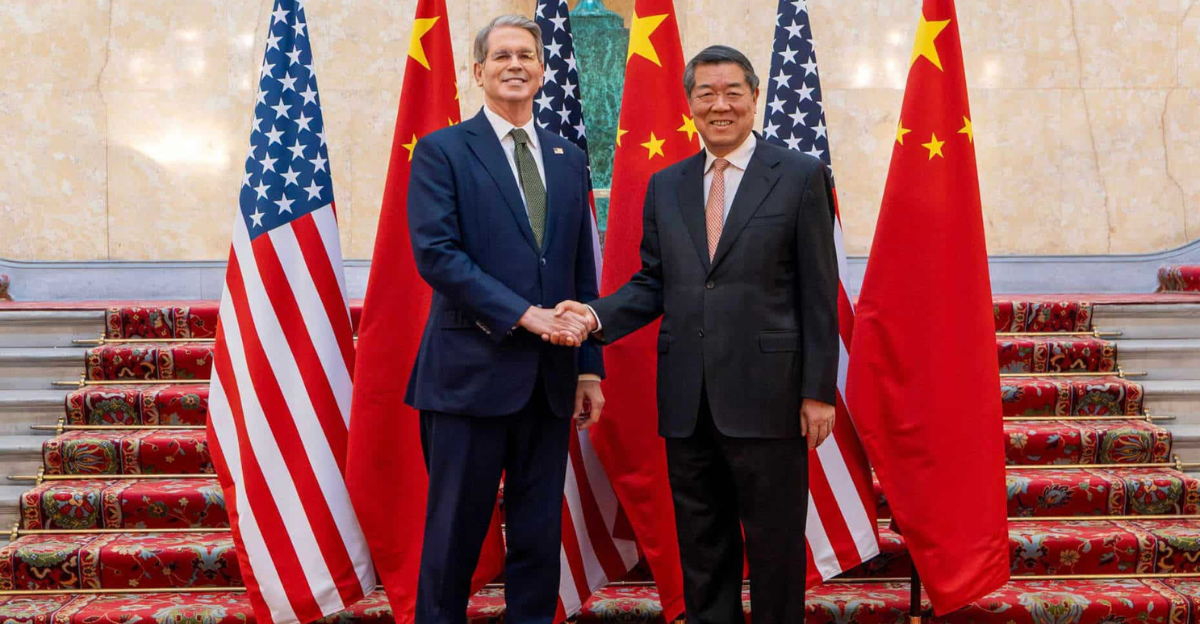
China’s exports to the U.S. plunged 34.4% year-over-year in May 2025, the sharpest drop since the height of the pandemic. What makes this more than a headline is what lies beneath: a quiet but massive realignment of global trade.
Despite a recent trade deal, the collapse signals deeper fractures. The ripple effects are already spilling into daily life, reshaping supply chains, consumer costs, and American economic priorities. This isn’t just about fewer Chinese goods on shelves. It’s the beginning of a transformation that’s touching wallets, rewriting business playbooks, and redrawing the map of global commerce.
The Perfect Storm
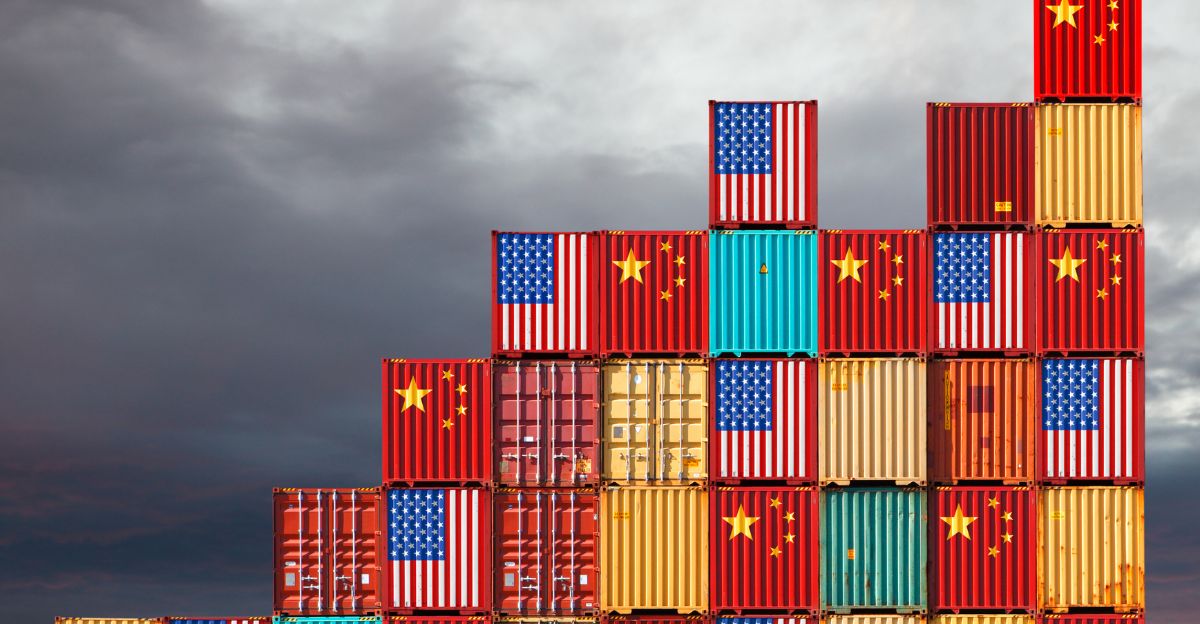
Several forces collided to cause this collapse. First, Trump-era tariffs remain at 55%, even after negotiations. Second, China is moving inward, prioritizing domestic consumption. Earlier this year, tariffs spiked as high as 145%, damaging trade flows long-term. Though a Geneva agreement lowered rates, mutual accusations of violations have blocked recovery.
In response, Chinese manufacturers are routing products through Southeast Asia to avoid direct scrutiny, creating a shadow trade network that official numbers barely reflect. It’s not just a slowdown. It’s a full-blown shift in how global trade is routed and tracked.
American Households Take the Hit

This trade turmoil is landing hardest where it matters most: your wallet. The average U.S. household is paying $2,800 more each year as tariff-driven price hikes ripple through groceries, clothing, and tech. Fresh produce alone is up 5%, and electronics costs keep climbing. Younger consumers, who control $1.5 to $4 trillion in spending, are feeling the sting the most.
With thinner financial buffers, they’re adjusting fast. A McKinsey survey shows 91% of Americans are now actively changing their spending behavior. As costs rise and confidence drops, consumer patterns are shifting in real time.
Retailers Scramble to Keep Up

Retail giants are rewriting their playbooks to survive the squeeze. Walmart has told suppliers to cut prices by up to 10% and is expanding U.S. sourcing. Target and Best Buy are fast-tracking “China+1” strategies, shifting orders to Vietnam, India, and Mexico. But smaller businesses are drowning.
One stationery brand reports an added $48,000 per shipment even with reduced tariffs. The result: a retail split between powerful chains that can adapt and small players who can’t keep up. The era of “business as usual” in American retail is over, and the scramble for resilience has begun.
A New Kind of Consumer Is Emerging
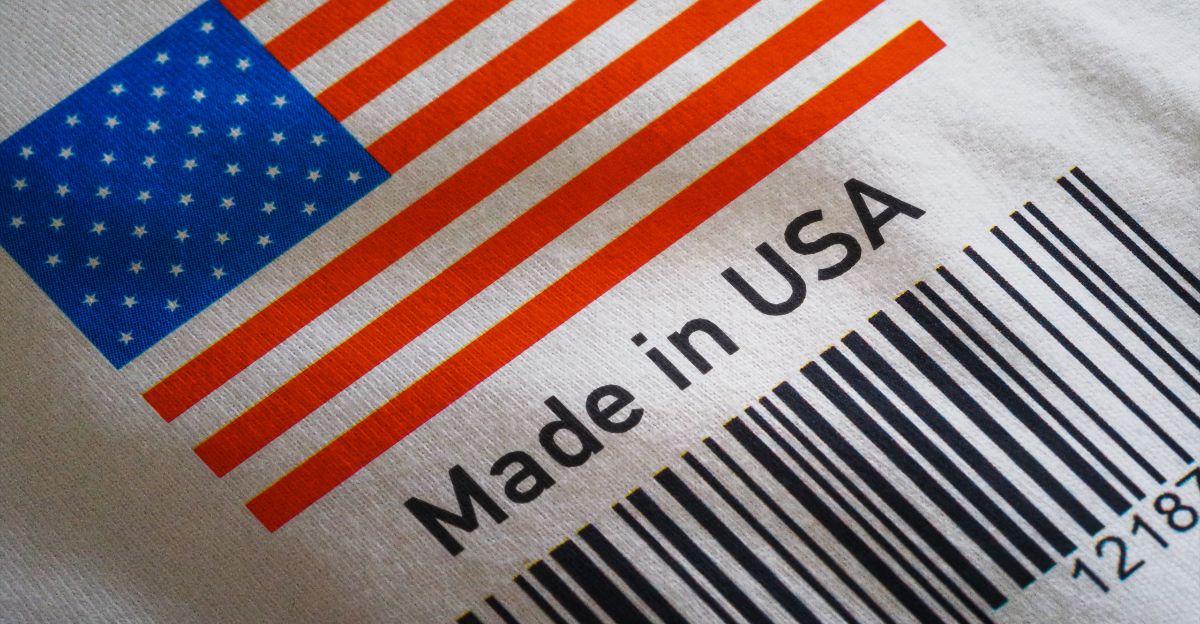
As prices spike and uncertainty grows, American buying habits are undergoing a major reset. A Morning Consult poll shows 83% of consumers plan to cut back on non-essentials if the economy worsens. Strategic consumption is taking hold, people are rushing big-ticket purchases before tariffs hit.
Essentials are shifting to subscriptions for stable pricing. And local goods labeled “Made in USA” are gaining traction, with shoppers willing to pay more for supply chain reliability. These aren’t short-term adjustments. They signal a longer-term rethink of what, how, and why we buy.
The Rise of the New Trade Giants
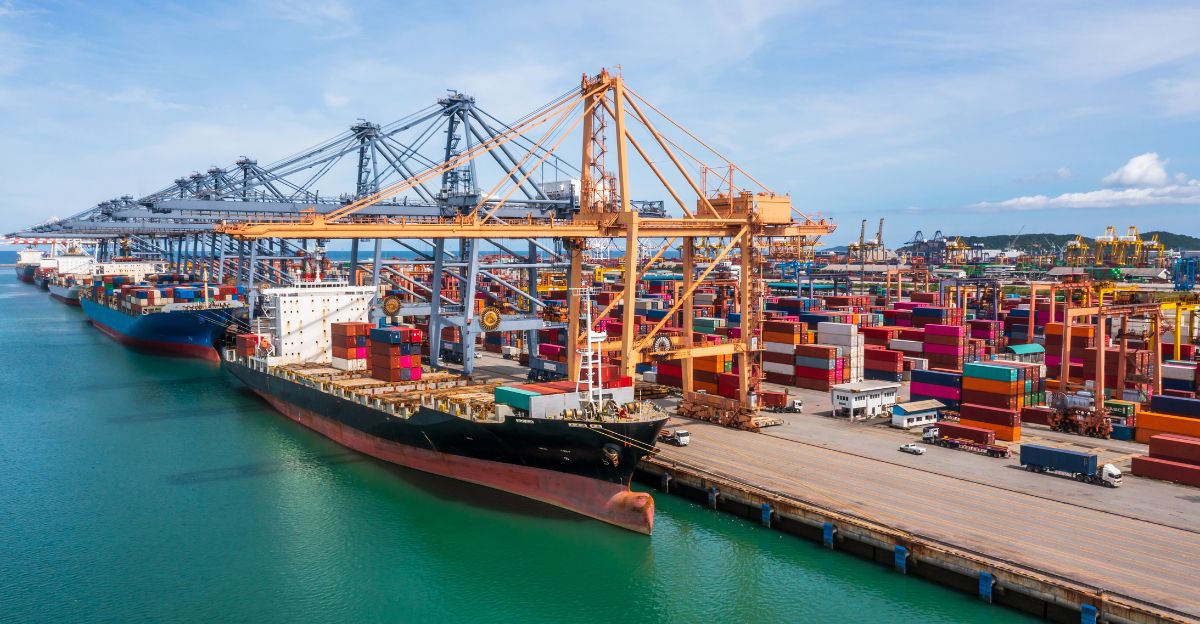
As the U.S. pulls away from China, other nations are stepping in. Southeast Asia’s exports to the U.S. have jumped nearly 15%, with Vietnam becoming a key winner. India’s exports are up 44% since 2018. Mexico’s close proximity has made it America’s go-to alternative, with imports climbing 18%.
In response, China is leveraging its grip on rare earth minerals, controlling 69% of global supply, to influence global supply chains from behind the scenes. Trade isn’t shrinking, it’s shifting. And the players benefiting from this new alignment are rapidly consolidating power.
Real People, Real Consequences

The human toll of this trade breakdown is growing. Bruce Kaminstein, former Casabella CEO, warns a 55% tariff creates instability for companies relying on Chinese goods. Small business owner Emily Ley faces $630,000 in extra costs this year alone.
In U.S. manufacturing towns, the results are mixed, some see job gains from new plants, others face layoffs as companies struggle with input costs. Beneath the headlines, people are juggling stress, adaptation, and fear. For many, it’s not just about goods getting pricier, it’s about livelihoods hanging in the balance.
Tariffs Turn Into Policy Bedrock
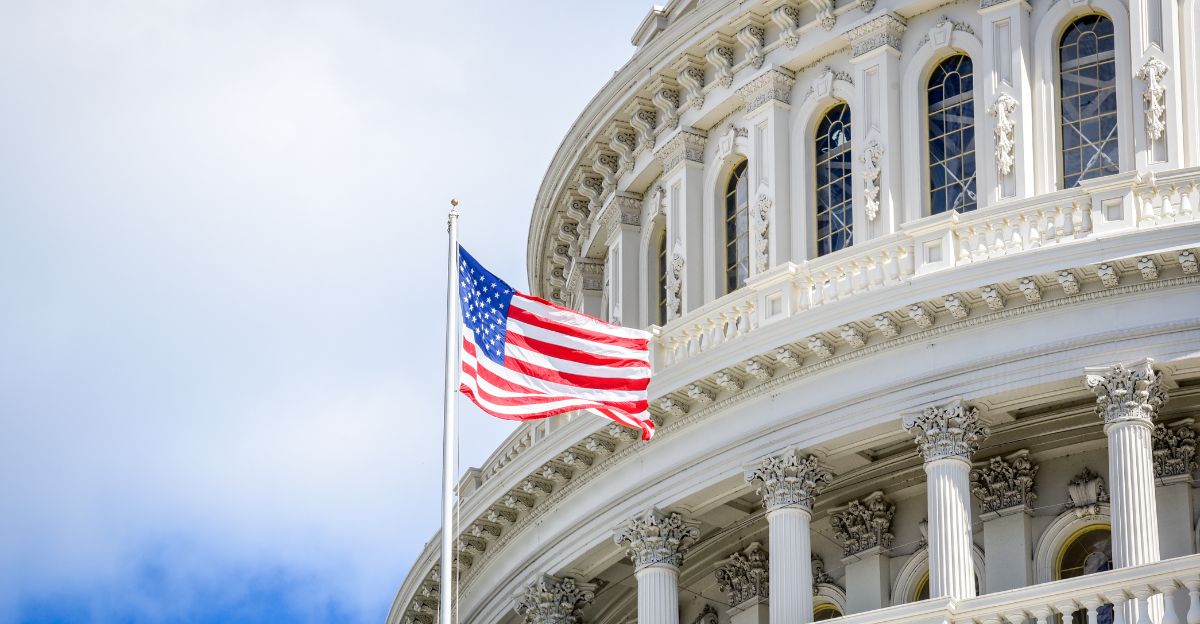
What once divided Washington now unites it. Both Trump and Biden have embraced tough stances on China, reflecting a lasting political realignment. Once skeptical lawmakers now back tariffs as a tool to revive domestic manufacturing. Treasury Secretary Scott Bessent says America’s prosperity “lies in recovering manufacturing jobs… not in cheap trinkets from China.”
Meanwhile, the Federal Reserve is caught in a bind—tariff-driven inflation complicates rate decisions. What began as a trade spat is now embedded in America’s broader political and economic strategy. The ripple is becoming institutionalized.
How to Protect Yourself Financially

To stay afloat in this new economic landscape, rethink how you spend. Buy refurbished electronics or secondhand clothes to counter soaring prices. Use price-tracking tools to time big purchases around tariff shifts. Investors may benefit from targeting markets like Vietnam, India, and Mexico, countries thriving amid trade realignment.
Most importantly, build flexibility into your budget. The Yale Budget Lab finds adaptive behaviors can cut annual tariff-related losses from $4,900 to $2,600. In a world of unpredictable trade flows, resilience starts at home, with smarter spending and sharper financial planning.
A New World, Not Just a New Price Tag

This isn’t just a chapter in the trade war saga, it’s the beginning of something bigger. The old model of frictionless globalization is giving way to regional alliances and strategic self-reliance. Supply chains are being rebuilt with resilience, not speed, in mind. Prices may stay high, but so will awareness of where goods come from and what they cost to get there.
The export plunge between China and the U.S. isn’t a failure, it’s a signal. Those who see the long game emerging from this economic reordering will be better equipped to adapt, and to lead.
